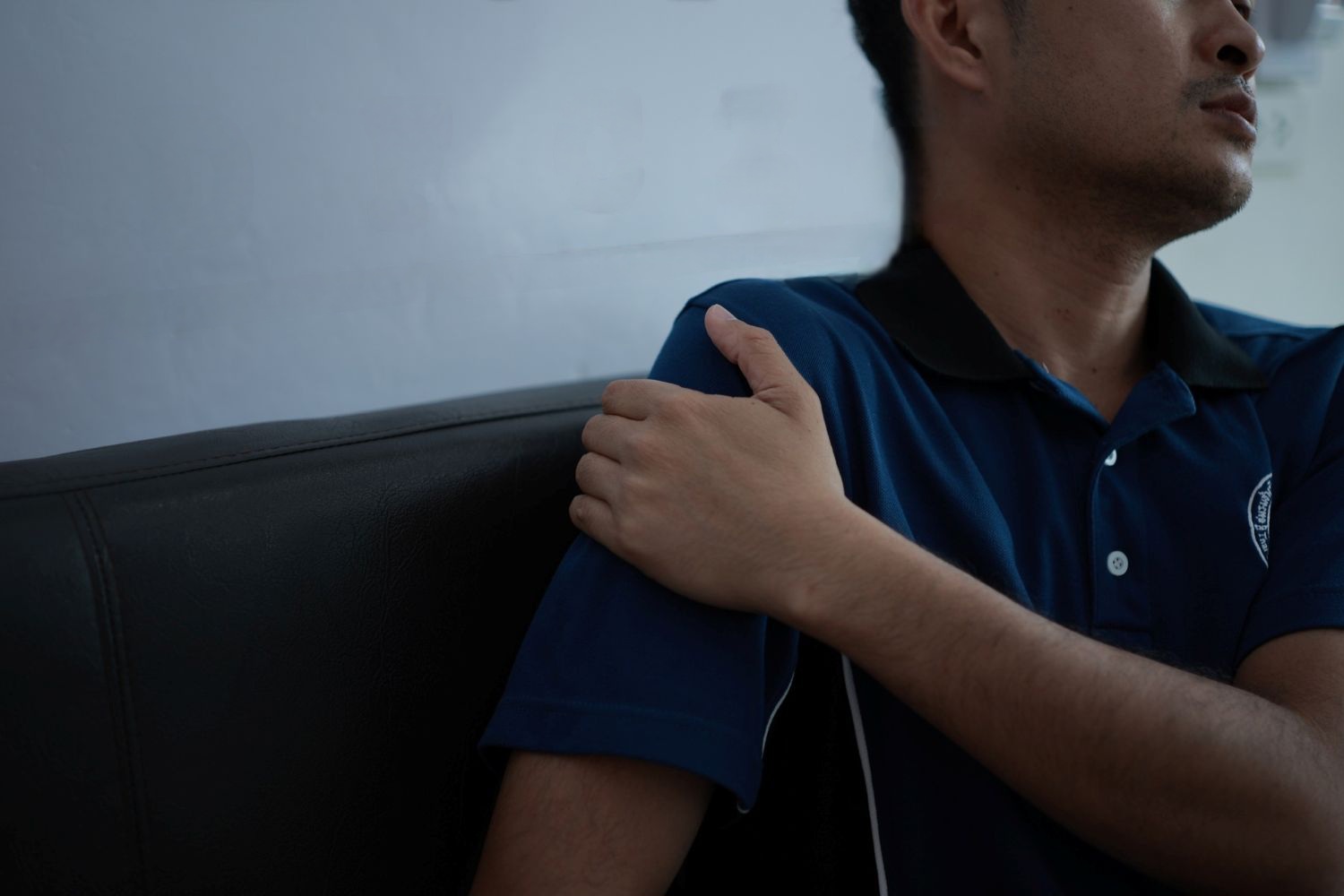A supraspinatus tear is a common shoulder injury that affects one of the rotator cuff muscles responsible for lifting your arm and stabilizing the shoulder joint. It can happen from overuse, poor posture, or sudden injury, and often leads to pain, weakness, and difficulty with daily activities such as reaching or lifting.
The good news is that recovery doesn’t have to rely on just one type of treatment. A team approach involving a chiropractor, physiotherapist, acupuncturist, and massage therapist can help you heal more completely and get back to your normal activities safely. Each professional plays a unique and important role in your recovery.
Chiropractic Care
A chiropractor focuses on the alignment and movement of your joints, including your spine and shoulders. When the shoulder or upper back isn’t moving properly, it can put extra strain on the supraspinatus tendon.
Through gentle adjustments and mobilizations, chiropractors help restore normal joint motion and balance in your posture. They may also use soft tissue techniques to release tension in the neck, upper back, and shoulder muscles.
Your chiropractor will often recommend specific exercises to improve shoulder stability and prevent future injury. By improving how your shoulder, neck, and back work together, chiropractic care can reduce pain and help your shoulder heal more effectively.
Physiotherapy
Physiotherapists specialize in rehabilitation and functional recovery. After the initial pain and inflammation begin to settle, your physiotherapist will guide you through a structured exercise program to gradually restore movement and strength.
They may use treatments such as ultrasound and laser therapy to help reduce pain and swelling in the early stages. When your shoulder is ready for the next stage of healing, your physiotherapist may add shockwave therapy to boost circulation and stimulate tissue repair. As your recovery advances, they’ll guide you through targeted stretching and strengthening exercises to restore smooth, pain-free movement.
Physiotherapy helps you build stability and confidence in your shoulder, ensuring you regain strength safely and reduce the risk of re-injury.
Acupuncture
Acupuncture is a gentle and natural therapy that can help relieve pain and promote healing. Very fine needles are placed in specific points on the body to improve blood flow, relax tight muscles, and reduce inflammation.
From a Traditional Chinese Medicine perspective, shoulder pain often results from stagnation of Qi and Blood in the affected area. By stimulating certain acupuncture points around the shoulder and along related meridians, the flow of energy and circulation improves, allowing the tissues to heal more efficiently.
Many patients find acupuncture sessions relaxing and effective for pain relief, making it an excellent complement to chiropractic and physiotherapy care.
Massage Therapy
Massage therapy plays a key role in relieving muscle tension, improving circulation, and reducing scar tissue after a supraspinatus injury. When the shoulder is injured, surrounding muscles often tighten up to protect the area, which can lead to stiffness and discomfort.
A skilled massage therapist uses techniques such as trigger point therapy, myofascial release, and gentle stretching to relax these tight muscles and improve movement. In later stages of recovery, deeper techniques help break down adhesions and support healthy tissue repair.
Massage therapy not only eases pain but also enhances flexibility, helps you move more freely, and supports the overall healing process.
Working Together for Your Recovery
Healing from a supraspinatus tear takes time, patience, and the right kind of care. When chiropractors, physiotherapists, acupuncturists, and massage therapists work together, they can address all aspects of your recovery, from pain relief and muscle balance to strength rebuilding and long-term prevention. This team approach ensures you’re not just treating the injury, but also improving posture, movement, and overall shoulder health. With consistent care and proper guidance, most people regain full function and return to the activities they love without pain.
If you need more information, our great team is here to help you. Please don’t hesitate to reach out to us! Book online or call at (905) 257 – 5888.

